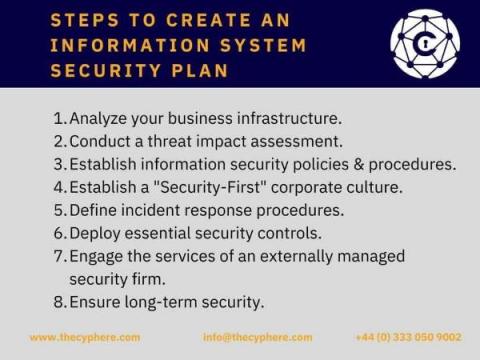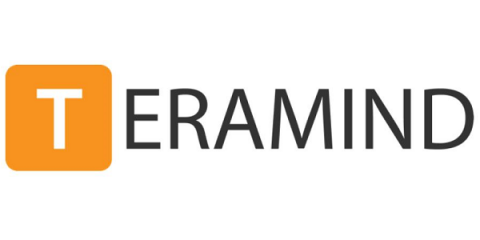How to Establish Effective Information System Security Plans
Information ecosystems in the modern era are extremely complicated. Large amounts of data must be sent quickly and securely among thousands of networks’ applications, databases, and servers. That data, particularly sensitive information, should be protected at all costs against potential security incidents.










